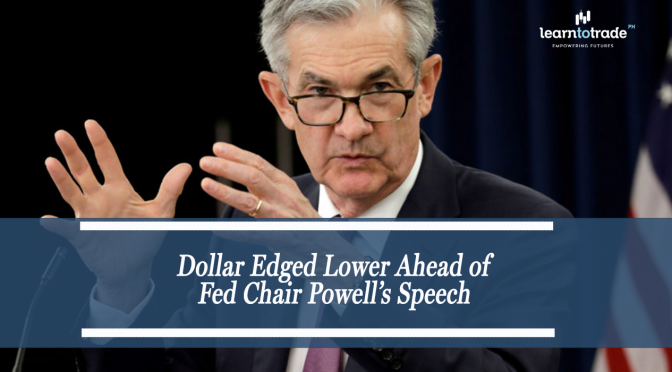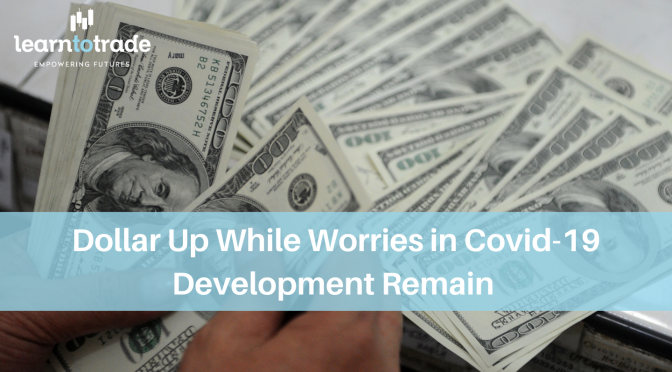-

AUD/JPY plunged to around 73.00 after Australia announced its May employment data on early Thursday. Having shown a 7.1% increase in unemployment, which amounted to massive lost jobs of 227,700, the pair exhibits a recorded three-day 0.87% low.
Earlier today, Japan’s Economy Minister Yasutoshi Nishimura suggested halting the easing of travel restrictions across borders. The explanation carries from the most recent COVID-19 cases from Asia that shows monthly high. It merits referencing that the Reuters’ overview depicting Japanese firms’ cynicism additionally burdens the pair’s performance.
Not to mention, statistics on the virus cases from China, along with Germany and the US, keep the apprehensions of the pandemic’s second wave. Moreover, geopolitical strains between North-South Korea and India-China affects the market’s risk sentiment.
Amid all the catalysts mentioned earlier, the 10-year Treasury gains of US drop to return to 0.70% mark, while Australia and Japan equities record losses more than 1.0%.
Price Outlook
Having seen the underlying market response of the Australian work data, investors may now monitor more of the risk catalysts. As such, the COVID-19 updates, as well as concerning pressures in Asia, maybe watched closely.
The pair grapples around 3-month-old support, close to 73.40, a break that can drag this quote further towards 72.30, a 200-day SMA level. Nevertheless, 10-day SMA and a downward trend line, around 74.50, keep the AUD/JPY pair’s short-term gain.
Risk Disclaimer:
Information on this page are solely for educational purposes only and is not in any way a recommendation to buy or sell certain assets. You should do your own thorough research before investing in any type of asset. Learn to Trade does not fully guarantee that this information is free from errors or misstatements. It also does not guarantee that the information is completely timely. Investing in the Foreign Exchange Market involves a great deal of risk which may result in the loss of a portion or your full investment. All risks, losses and costs associated with investing, including total loss of principal and emotional distress, are your responsibility.
Google Rating
Based on 689 reviews









































By bsuper | No Comments